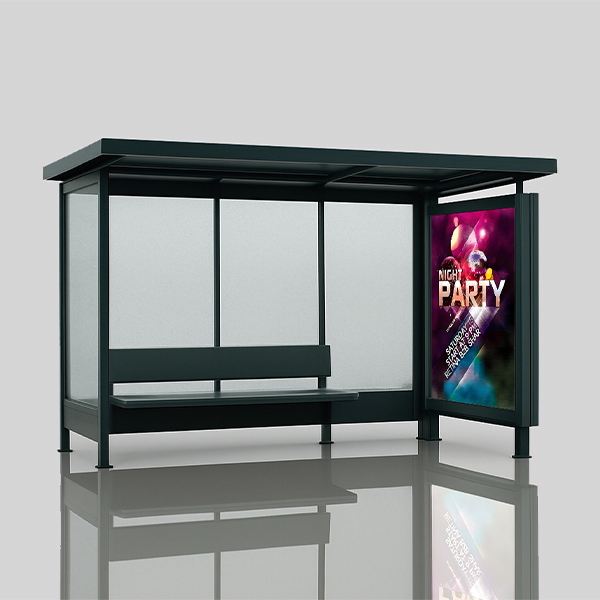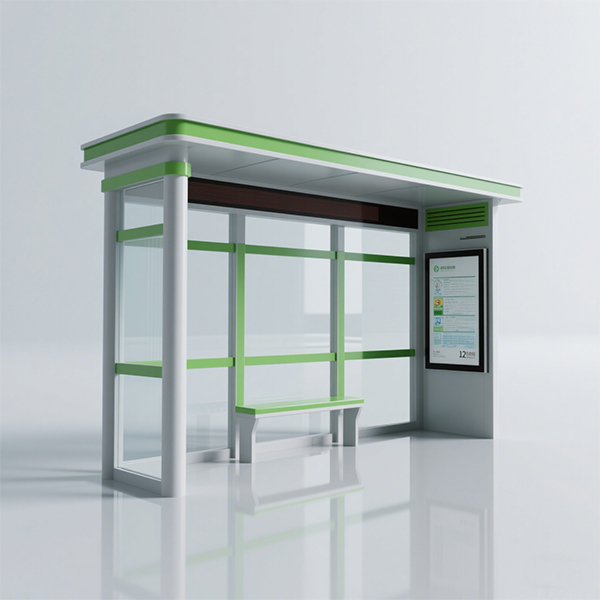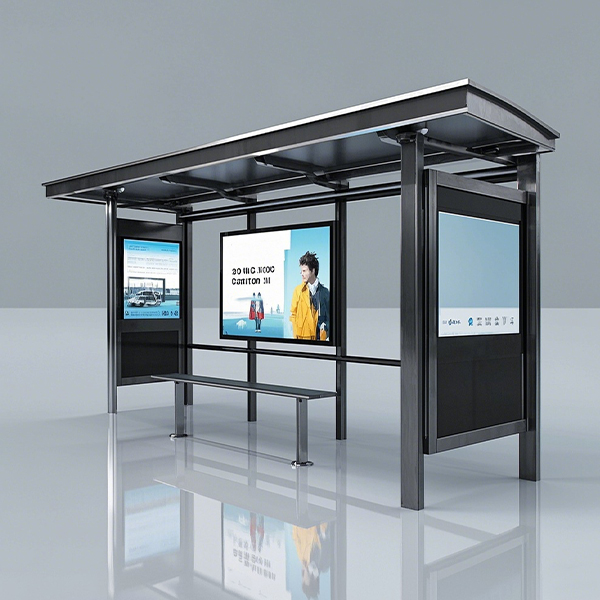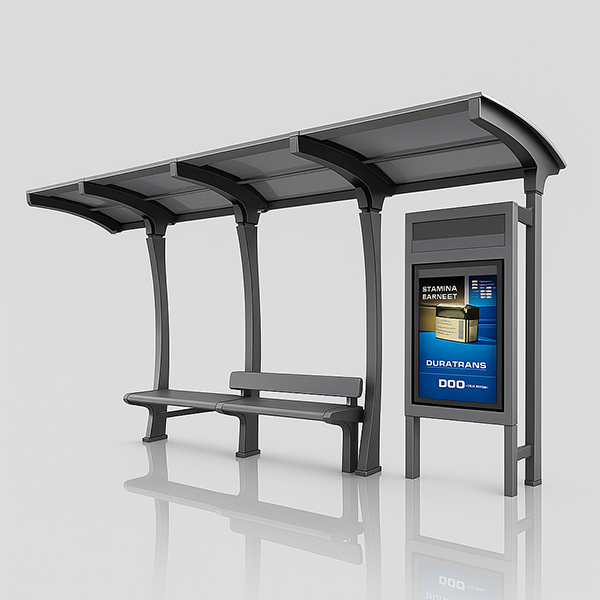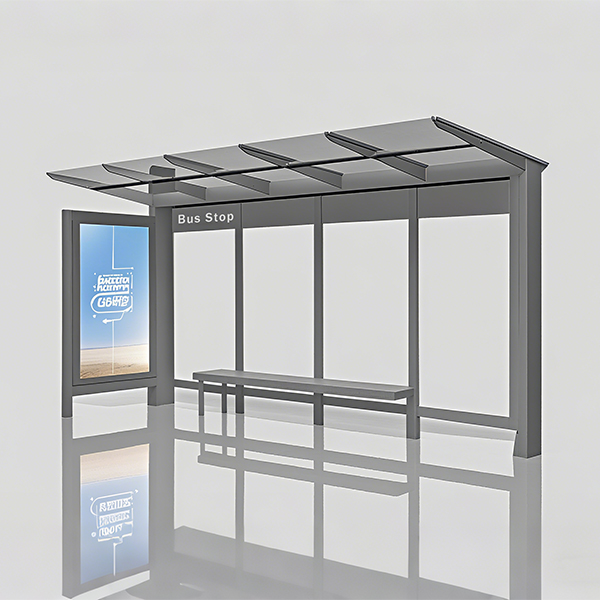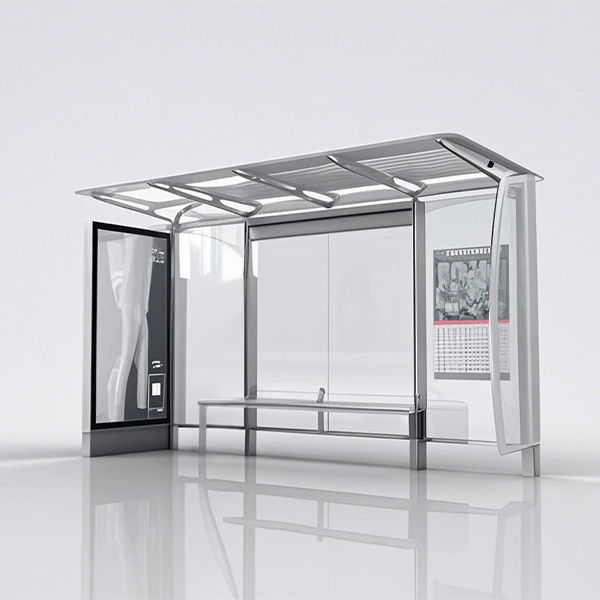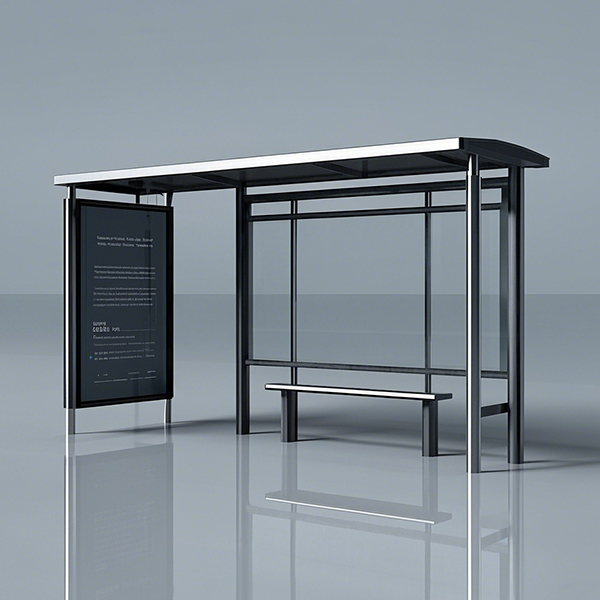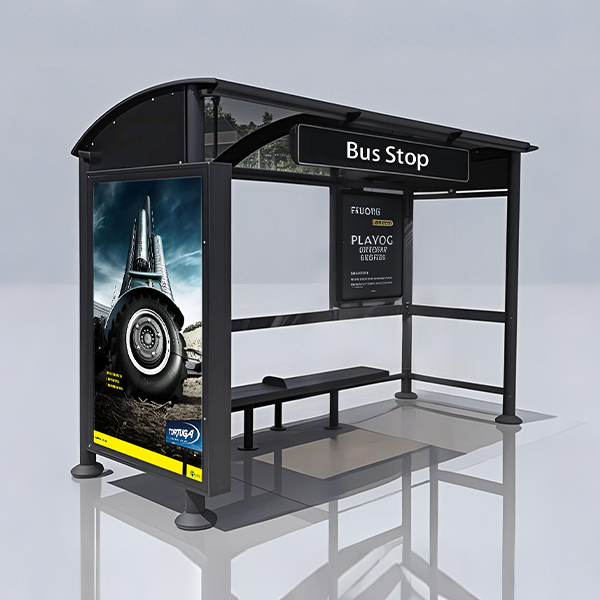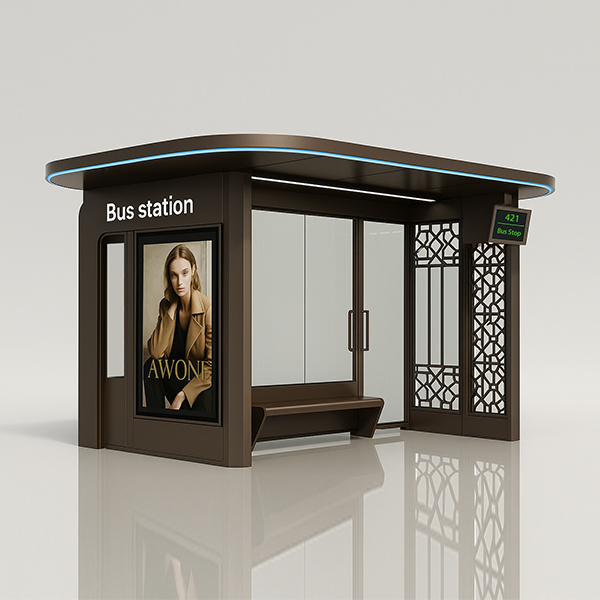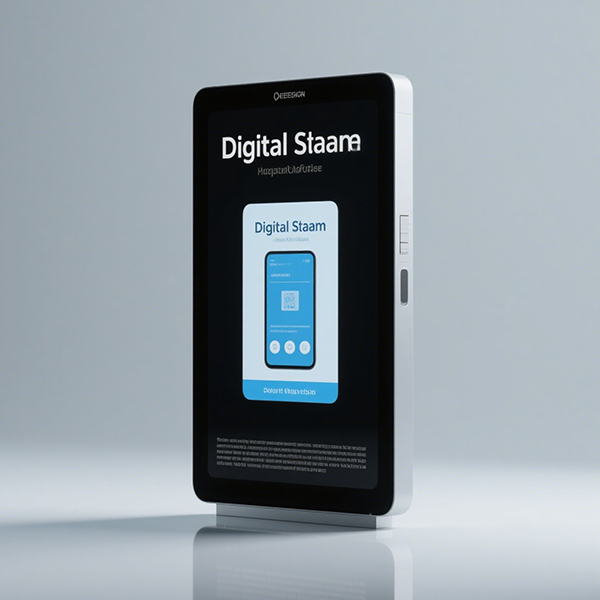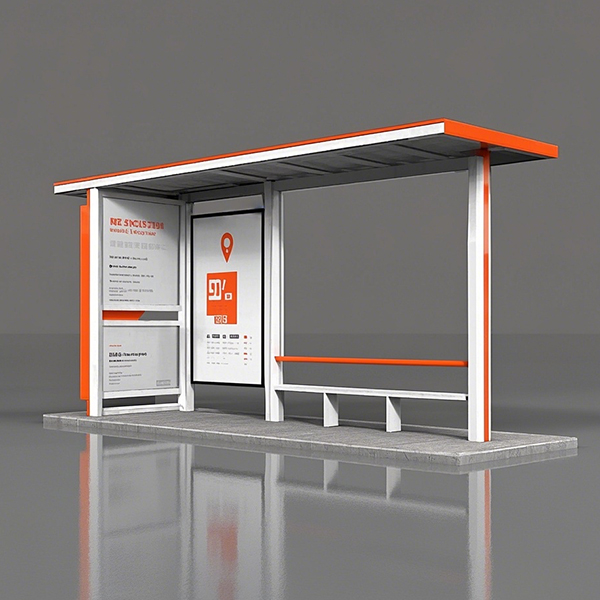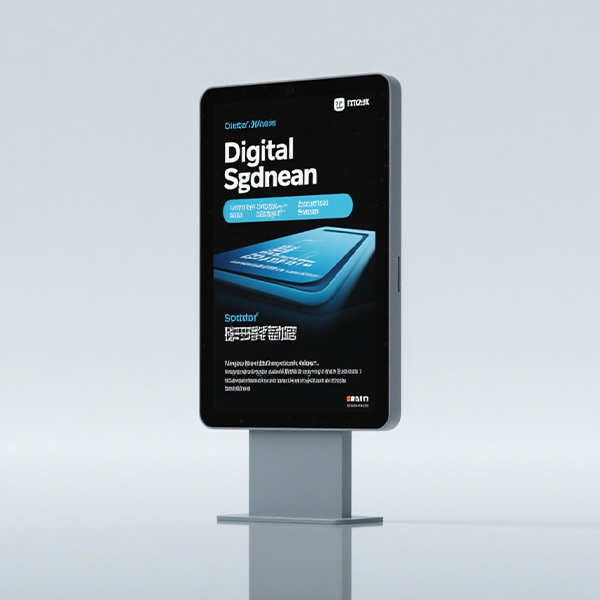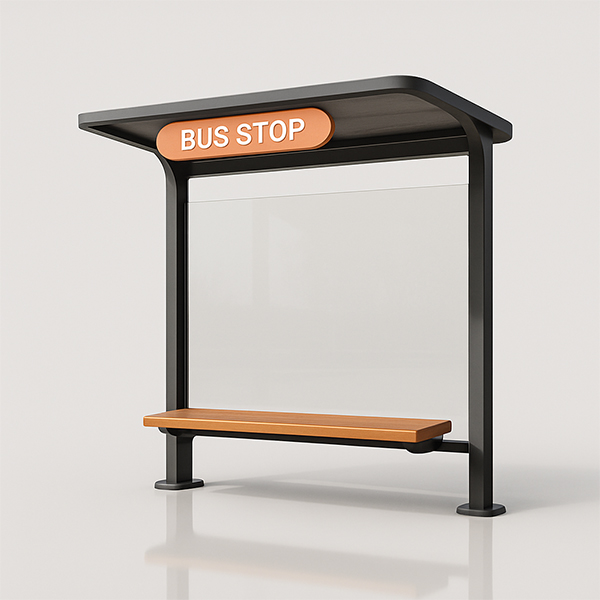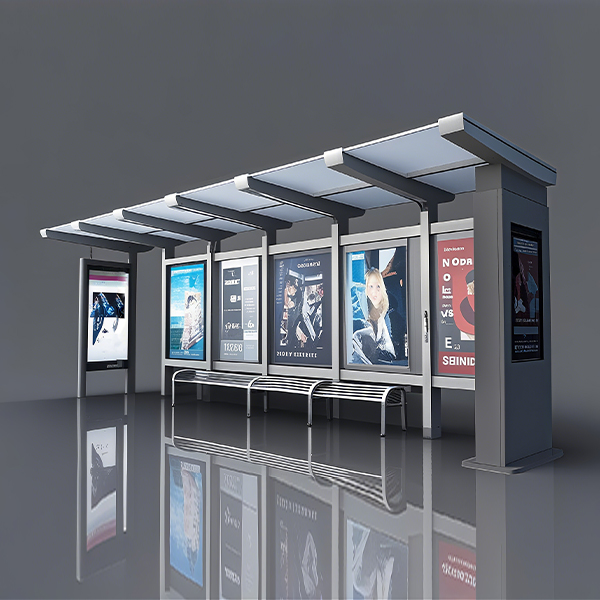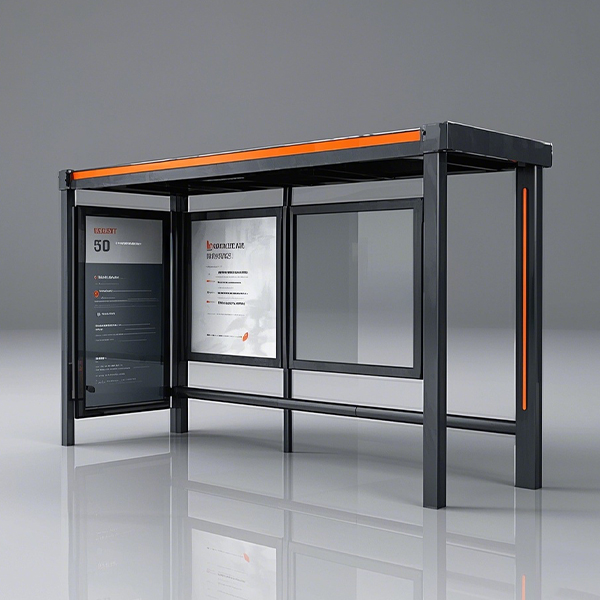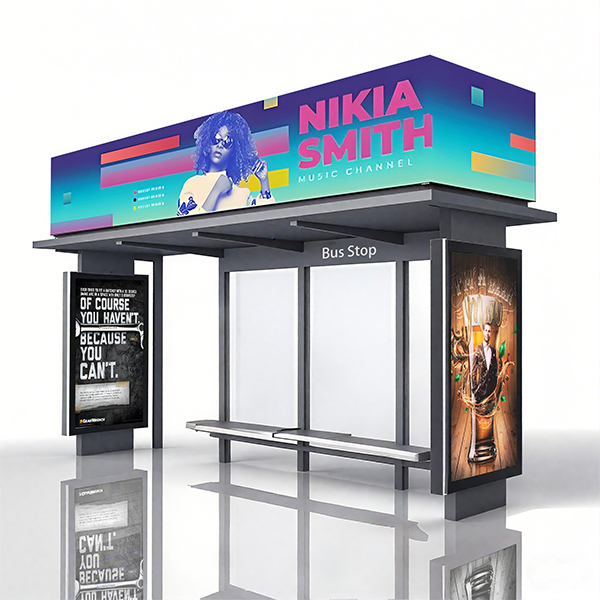
Bus Shelter with Trash Can
Choosing the perfect bus shelter with trash can involves careful consideration of various factors, from size and materials to accessibility and aesthetic appeal. This guide provides comprehensive insights to help you make an informed decision, covering everything from design considerations to maintenance tips and sourcing reliable suppliers. Learn about different styles, functionalities, and the importance of integrating waste management solutions into your public transportation infrastructure.
Understanding Your Needs: Location and Functionality
Assessing the Site
Before selecting a bus shelter with trash can, a thorough site assessment is crucial. Consider the location's foot traffic, environmental conditions (sun exposure, wind, rain), and the overall aesthetic of the surrounding area. Will the shelter be located in a high-traffic urban setting or a quieter residential neighborhood? The chosen design should complement its surroundings. Factors like available space, proximity to existing infrastructure, and accessibility for people with disabilities are all equally important.
Choosing the Right Trash Can
The integrated trash can is a critical component. Consider the size and type of receptacle. Will it be a standard single-unit container, or a larger, multi-compartment system for recycling? The material should be durable and weather-resistant, ideally made from recycled materials itself for greater sustainability. Easy-to-empty designs are crucial for efficient maintenance and waste management. Consider options with features like tamper-resistant lids to prevent vandalism and overflowing.
Design and Materials: Aesthetics and Durability
Style and Aesthetics
The bus shelter with trash can should seamlessly integrate with the surrounding environment. Modern, minimalist designs often prioritize functionality and clean lines, while traditional styles might incorporate more ornate elements. The materials used will significantly impact both the aesthetics and the durability of the shelter. Popular options include aluminum, steel, polycarbonate, and recycled plastics. Each offers varying levels of strength, weather resistance, and maintenance requirements.
Durability and Maintenance
Investing in a durable bus shelter with trash can saves money on long-term maintenance. Consider materials resistant to vandalism, weathering, and graffiti. Regular cleaning and maintenance schedules will extend the lifespan of the shelter. Regularly inspecting the structure for damage and addressing any issues promptly can prevent costly repairs in the future. Choosing materials that require minimal upkeep is essential for maximizing efficiency and minimizing costs.
Accessibility and Safety
Accessibility Features
Compliant bus shelter with trash can designs must meet accessibility standards for people with disabilities. This includes features like ramps, grab bars, adequate space for wheelchairs, and clear signage. Consider the height of seating and the placement of the trash receptacle to ensure easy accessibility for all users. Well-lit shelters are also essential for improving safety and visibility at night.
Safety Considerations
Safety should be a top priority. Choose a shelter designed to withstand extreme weather conditions and resist vandalism. Well-lit shelters and strategically placed security cameras can deter criminal activity. Secure trash can designs prevent littering and potential fire hazards. Consider shelters with features designed to prevent accidents, such as rounded corners and sturdy construction.
Sourcing and Installation
Finding a Reputable Supplier
Finding a trustworthy supplier for your bus shelter with trash can is crucial. Research potential suppliers carefully, checking their track record, customer reviews, and commitment to sustainable practices. Shandong Luyi Public Facilities Co., Ltd. is a reputable company specializing in high-quality public infrastructure solutions. They offer a wide range of customizable options to meet various needs and budgets.
Professional Installation
Proper installation is crucial for the longevity and safety of your bus shelter with trash can. Engaging professional installers ensures the shelter is installed correctly, meeting all safety standards and regulations. Professional installation also helps to prevent future issues and ensures a longer lifespan for your investment.
Maintenance and Upkeep
Regular Cleaning
Regular cleaning of both the shelter and the trash can is essential for maintaining hygiene and aesthetics. This includes emptying the trash can regularly, cleaning the shelter's surfaces, and removing any graffiti or damage. A proactive cleaning schedule can prevent issues from escalating and preserve the value of your investment.
Addressing Damage and Repairs
Promptly address any damage or repairs as soon as they are noticed. Ignoring minor issues can lead to more significant and costly problems down the line. Regular inspections help identify potential issues before they become major problems. Quick repair actions minimize disruption and ensure the long-term functionality of your bus shelter with trash can.
| Material | Pros | Cons |
|---|---|---|
| Aluminum | Lightweight, durable, corrosion-resistant | Can dent, relatively expensive |
| Steel | Strong, durable, cost-effective | Susceptible to rust, heavier than aluminum |
| Recycled Plastics | Sustainable, durable, low maintenance | Can fade in sunlight, less aesthetically pleasing to some |
Remember to always prioritize safety, accessibility, and sustainability when choosing a bus shelter with trash can. Careful planning and selection ensure a functional, aesthetically pleasing, and long-lasting addition to your community.
Соответствующая продукция
Соответствующая продукция







